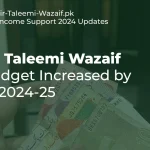Water and electricity are two fundamental elements that drive the modern world. In Pakistan, the responsibility for managing these vital resources falls under the purview of the Water & Power Development Authority (WAPDA). This article will take you on a journey through the intricate workings of WAPDA, its history, role, achievements, challenges, and its indispensable contribution to Pakistan’s development.
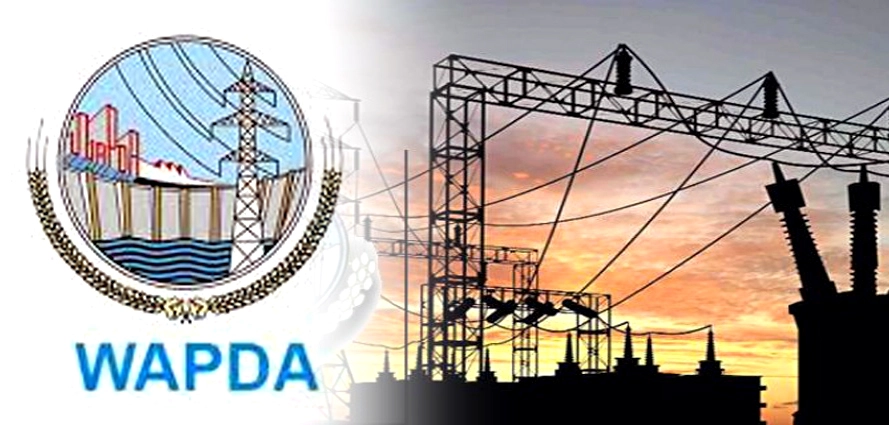
A Brief Historical Overview
WAPDA’s inception dates back to 1958 when it was established as a government institution to manage water and power resources in Pakistan. The primary objectives were to harness the potential of the Indus River system and provide reliable electricity to the growing population.
The Indus River System: Pakistan’s Lifeline
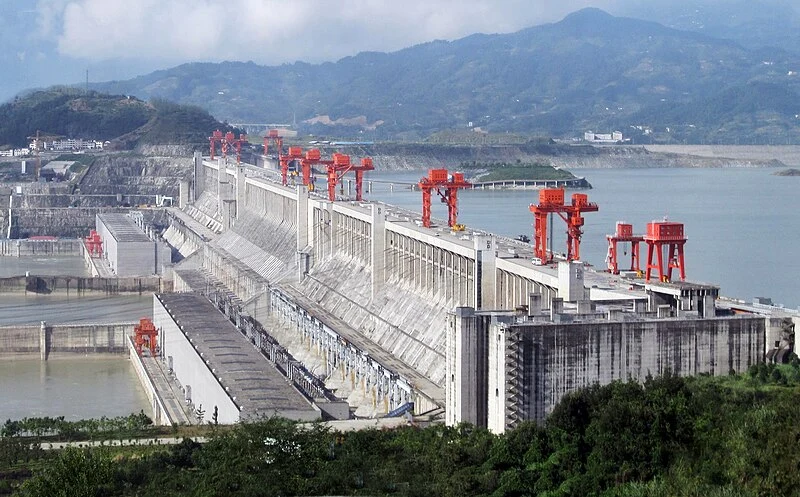
Indus Basin Irrigation System
The backbone of Pakistan’s agriculture, the Indus Basin Irrigation System, is managed by WAPDA. This intricate network of canals and dams provides water to millions of acres of farmland, ensuring food security for the nation.
Hydroelectric Power Generation
WAPDA’s prowess in hydroelectric power generation is a testament to its commitment to providing clean and sustainable energy. It operates numerous dams and power stations, producing a significant portion of Pakistan’s electricity.
Role of WAPDA Pakistan
Water Resource Management
WAPDA plays a crucial role in managing Pakistan’s water resources, ensuring equitable distribution for agriculture, industry, and domestic use.
Power Generation
As a major power producer, WAPDA is responsible for generating electricity through hydropower and other renewable sources, contributing to Pakistan’s energy needs.
Achievements of WAPDA.
Achievements of WAPDA
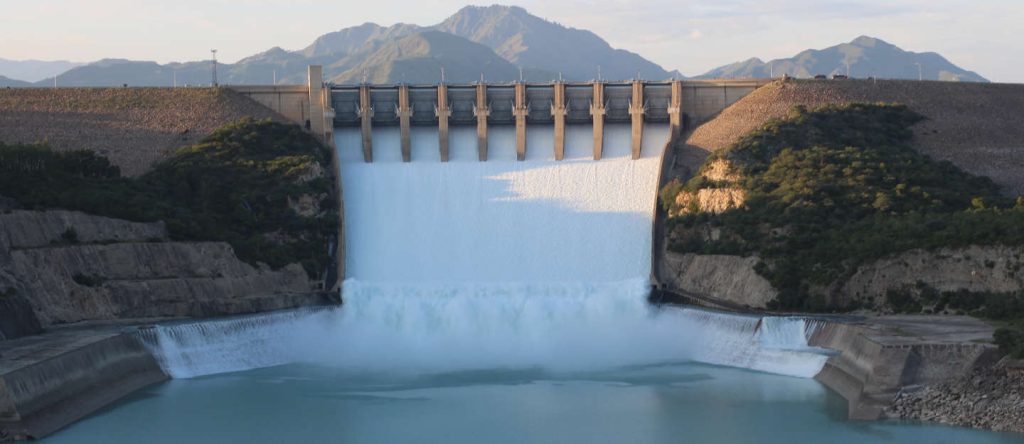
Tarbela Dam
WAPDA’s successful management of Tarbela Dam, one of the world’s largest earth-filled dams, has significantly boosted water storage and electricity generation capacity.
Mangla Dam
The Mangla Dam project, managed by WAPDA, has improved water storage for irrigation and power generation in Pakistan.
Challenges Faced by WAPDA
Lack of Investment
Insufficient financial resources hinder the development of new projects and the maintenance of existing infrastructure.
Limited Resources
Pakistan’s growing population and demand for water and electricity strain WAPDA’s ability to meet the nation’s needs adequately.
Power Generation and Distribution Losses
Inefficient power generation and distribution systems result in significant losses and reduced revenue for WAPDA.
Ageing Infrastructure
Many of WAPDA’s facilities and infrastructure are ageing and in need of modernization to maintain efficiency and safety standards.
WAPDA’s Future Initiatives
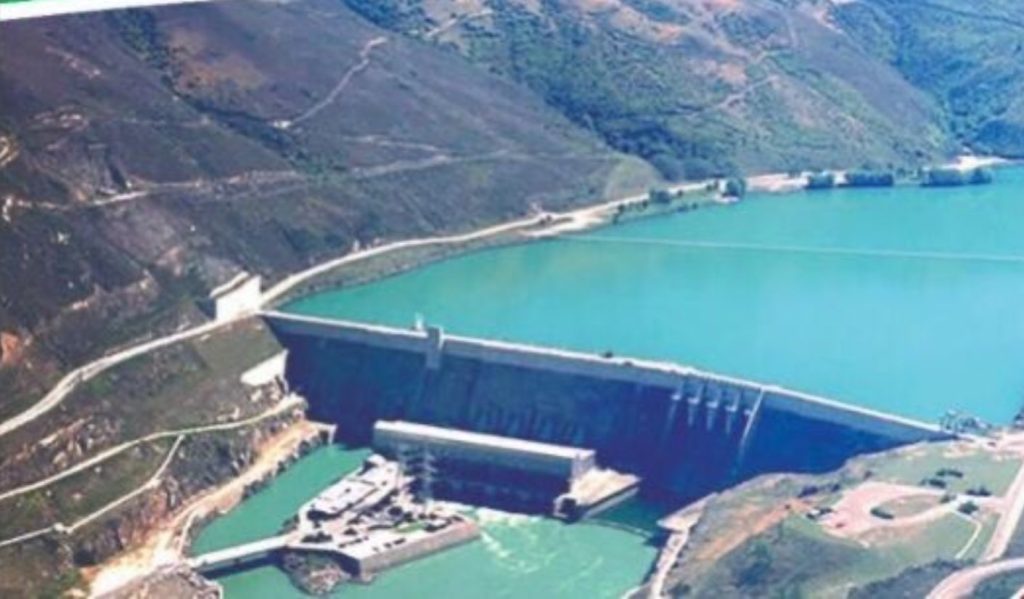
Diamer Bhasha Dam
One of WAPDA’s flagship projects, the Diamer Bhasha Dam, aims to address water storage needs and generate hydroelectric power. It’s set to be a game-changer in Pakistan’s quest for water and energy security.
Tarbela Dam Expansion
WAPDA is working on expanding the Tarbela Dam, one of the largest earth-filled dams globally, to increase its water storage capacity and electricity generation potential.
Conclusion
In essence, the Water & Power Development Authority in Pakistan, WAPDA, is the cornerstone of the nation’s progress. Its multifaceted responsibilities, from managing water resources to generating electricity, are pivotal in ensuring the well-being and development of the country.
Interested to know about National Highway Authority of Pakistan, Read our blog about NHA.
FAQs
1: What is WAPDA’s main role in Pakistan?
WAPDA primarily manages water and power resources in Pakistan, ensuring the availability of these essential services to the nation.
2: How does WAPDA address the energy crisis in Pakistan?
WAPDA addresses the energy crisis by developing new power projects and improving existing infrastructure to meet the growing demand for electricity.
3: What is the significance of the Indus Basin Irrigation System managed by WAPDA?
The Indus Basin Irrigation System is crucial for Pakistan’s agriculture, as it provides water to millions of acres of farmland, ensuring food security.
4: Tell me more about the Diamer Bhasha Dam project.
The Diamer Bhasha Dam is a significant project undertaken by WAPDA to address water storage needs and generate hydroelectric power, contributing to Pakistan’s water and energy security.
5: Where can I find more information about WAPDA’s projects and initiatives?
For detailed information on WAPDA’s projects and initiatives, you can access their official website.
For more news about Energy & Power Sector,




